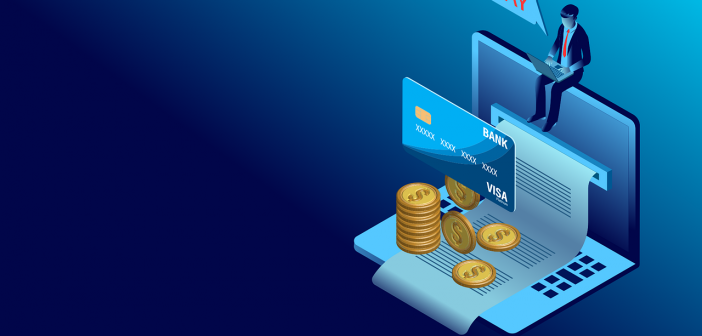Legendary fund manager Li Lu (whom Charlie Munger supported) once said, “The biggest risk in investing is not price volatility, but whether you will suffer a permanent loss of capital. So it seems like smart money knows that debt – which is usually linked to bankruptcies – is a very important factor when you assess the risk of a business. We notice that ICL Group Ltd (TLV: ICL) has debts on its balance sheet. But the most important question is: what is the risk that this debt creates?
Why is debt risky?
Debt and other liabilities become risky for a business when it cannot easily meet these obligations, either with free cash flow or by raising capital at an attractive price. An integral part of capitalism is the process of “creative destruction” where bankrupt companies are ruthlessly liquidated by their bankers. However, a more common (but still costly) situation is where a company has to issue shares at bargain prices, constantly diluting shareholders, just to strengthen its balance sheet. Of course, the advantage of debt is that it often represents cheap capital, especially when it replaces dilution in a business with the ability to reinvest at high rates of return. The first thing to do when considering how much debt a business uses is to look at its cash flow and debt together, to learn more about this, redirect to dedebt.
What is ICL Group net debt?
The image below, which you can click for more details, shows that ICL Group had $ 2.41 billion in debt at the end of March 2021, down from $ 2.96 billion on a year. On the other hand, it has US $ 256.0 million in cash, which leads to net debt of around US $ 2.16 billion.TASE: History of debt to equity of ICL May 23, 2021
How healthy is ICL Group’s balance sheet?
We can see from the most recent balance sheet that ICL Group had liabilities of US $ 2.16 billion due within one year and liabilities of US $ 3.40 billion due beyond. In return, it had US $ 256.0 million in cash and US $ 1.54 billion in receivables due within 12 months. Its liabilities are therefore $ 3.76 billion more than the combination of its cash and short-term receivables.
This deficit is not that big as ICL Group is worth US $ 8.80 billion, and could therefore probably raise enough capital to consolidate its balance sheet, should the need arise. But clearly we absolutely need to take a close look at whether it can manage its debt without dilution.
We measure a company’s indebtedness relative to its earning power by looking at its net debt divided by its earnings before interest, taxes, depreciation, and amortization (EBITDA) and calculating the ease with which its earnings before interest and taxes (EBIT ) cover his interests. costs (interest coverage). The advantage of this approach is that we take into account both the absolute quantum of the debt (with net debt over EBITDA) and the actual interest charges associated with that debt (with its interest coverage ratio).
ICL Group has a debt / EBITDA ratio of 2.7 and its EBIT has covered its interest expense 6.8 times. This suggests that while debt levels are significant, we would stop before calling them problematic. Shareholders should know that ICL Group’s EBIT fell 37% last year. If this earnings trend continues, paying off debt will be about as easy as raising cats on a roller coaster. There is no doubt that we learn the most about debt from the balance sheet. But ultimately, the company’s future profitability will decide whether ICL Group can strengthen its balance sheet over time. So if you want to see what the professionals think, you might find this free report on analysts’ earnings forecasts Be interesting.
Finally, a business needs free cash flow to pay off debt; accounting profits do not reduce it. The logical step is therefore to examine the proportion of this EBIT that corresponds to the actual free cash flow. Over the past two years, ICL Group has produced strong free cash flow equivalent to 61% of its EBIT, which is what we expected. This hard, cold cash flow means he can reduce his debt whenever he wants.
Our point of view
ICL Group’s EBIT growth rate has been a real negative on this analysis, although the other factors we have taken into account put it in a much better light. But on the bright side, its ability to convert EBIT into free cash flow is not at all shabby. When we consider all the factors discussed, it seems to us that ICL Group is taking risks with its use of debt. While this debt can increase returns, we believe the company now has sufficient leverage. The balance sheet is clearly the area to focus on when analyzing debt. However, not all investment risks lie on the balance sheet – far from it. We have identified 3 warning signs with ICL Group , and understanding them should be part of your investment process.
Of course, if you are the type of investor who prefers to buy stocks without the burden of debt, then feel free to find out. our exclusive list of net cash growth stocks, today.
Promoted
If you want to trade a wide range of investments, open an account with the cheapest platform * approved by professionals, Interactive brokers. Their clients from more than 200 countries and territories trade stocks, options, futures, currencies, bonds and funds around the world from a single integrated account.

